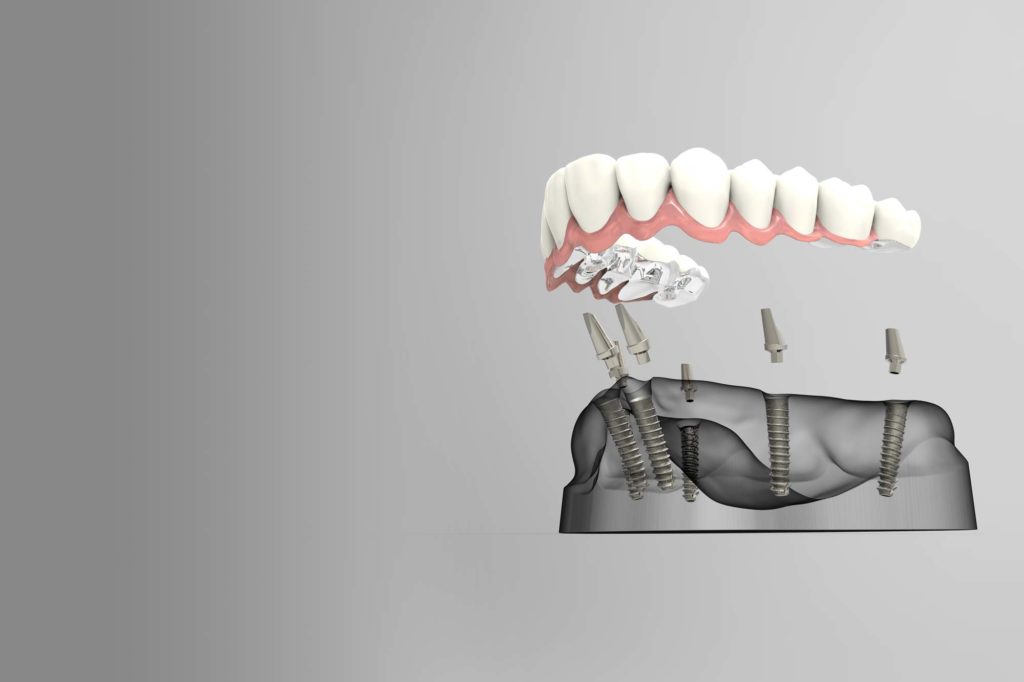One of the most common dental procedures is a full arch dental implant, which is a long, metal screw that is inserted into the gum above the teeth. A partial dental implant, on the other hand, is a smaller screw that is inserted into the gum below the teeth.
Table of Contents
What are Full Arch Dental Implants?
A full arch dental implant is a more substantial implant than a partial dental implant. A full arch dental implant is made up of two parts: the abutment and the anchor. The abutment is placed into the jawbone and the anchor is attached to it. This makes the implant much more solid than a partial dental implant, which relies on only the anchor to hold it in place. This makes full arch dental implants more stable, and they may last longer than partial dental implants.
What are the differences between Full Arch Dental Implants and Partial Dental Implant?
A full arch dental implant is a type of dental implant that replaces all of the teeth in a person’s smile. A partial dental implant replaces only part of a tooth, typically one tooth in the front and one tooth in the back. The main differences between full arch dental implants and partial dental implants are that full arch dental implants are more stable and last longer than partial dental implants.
What are the benefits of Full Arch Dental Implants?
Full arch dental implants are the most common type of dental implant and are the most stable option for restoring teeth. They provide a longer lasting solution than partial dental implants and are often the best choice for patients who want the most permanent teeth restoration.
There are a few key benefits to Full Arch Dental Implants that make them stand out from other types of dental implants:
1. They’re the most stable option
Full Arch Dental Implants are much more stable than partial dental implants, which means they’re less likely to move or fall out over time. This makes them a better option for people who are especially concerned about their oral health and want the stability of permanent teeth restoration.
2. They’re more durable
Full Arch Dental Implants are typically stronger than partial dental implants, meaning they can survive more wear and tear. This makes them a better option for people who need a stronger solution to their tooth restoration problem.
3. They’re easier to maintain
Full Arch Dental Implants typically require less maintenance than other types of dental implants, which makes them easier to keep in good condition over time. This makes them a better option for people who have difficulty with regular upkeep tasks like brushing andflossing.
What are the costs of Full Arch Dental Implants?
Some people are hesitant to have full dental implants due to their fear of the high costs involved. However, it is important to note that full dental implants are not as expensive as people may think. In fact, the average cost for a full dental implant is around $25,000. This price range can vary depending on the location and type of implant being placed, but it is still a reasonable cost for the procedure.
Compared to partial dental implants, which typically cost around $6,000, full dental implants are a much better option if you are looking for long-term stability in your teeth. Partial dental implants only last around five years before they need to be replaced, while full dental implants can last up to 20 years. Additionally, full dental implants do not require any maintenance or repairs once they have been placed; this makes them a much more reliable option than partial dental implants.
If you’re looking for a dental implant that will give you the best possible result, then you should contact fullarchimplant.com.au. This website offers a wide range of full arch dental implants that are designed to provide you with the perfect smile. These implants come in a variety of shapes and sizes, so you can find the perfect one for your needs. Plus, they’re made from high-quality materials, so you can be sure that they’ll hold up over time.
How to choose the right Full Arch Dental Implant?
If you are considering a full arch dental implant, be sure to talk to your dentist about what type is best for you. There are many different types of full arch dental implants, each with its own benefits and drawbacks. Here are some key differences between the various types:
1. Full arch dental implants are the most common type and typically go through the lower jawbone (mandible). They provide greater stability and support than other types of dental implants, which can help prevent tooth loss and improve your smile.
2. Partial arch dental implants are also available and offer some of the same benefits as full arch dental implants, but they don’t go through the lower jawbone. This allows them to be more easily removable in the future if you decide you no longer want them. Partial arch dental implants typically have a shorter lifespan than full arch dental implants because they aren’t as stable.
3. Pediatric dental implants are specifically designed for children and adolescents who may not have developed their lower jawbones properly yet. These implants are smaller than adult implants and typically go through the upper jawbone (maxilla). They may provide shorter-term stability than adult implants, but they often last longer due to theirsmaller size.
4. Mini dental implants are a type of partial arch dental implant that is smaller than most other types and is typically used in areas where full or partial arch dental implants wouldn’t be appropriate. They are often used to replace single teeth, although they have been known to be successful in replacing multiple teeth.
5. Ribbed dental implants are another type of partial arch dental implant that uses a ribbed design to help it stay in place better. They tend to be more expensive than other types of partial arch dental implants, but they may offer better stability and longevity than other types.
Conclusion
In this article, we will be discussing full arch dental implants and what makes them different from partial dental implants. We will also explore the various benefits of both types of implant and discuss which one might be better suited for you depending on your individual needs and goals. So whether you are looking to replace a missing tooth or want to increase the stability of your existing teeth, read on to learn more about these two popular dental implants.






